The South Korea Flooring Market is characterized by a diverse array of players and a rapidly evolving competitive landscape, driven by growing urbanization, the rise of modern architecture, and increasing consumer awareness regarding interior aesthetics and hygiene.
An array of materials, including hardwood, laminate, vinyl, and ceramic tiles, showcase extensive applications in both residential and commercial sectors. Companies operating in this market face the dual challenge of meeting high consumer expectations for both design and functionality while also navigating the intricacies of supply chain management and sustainable practices.
The typical strategy among competitors involves product differentiation, innovation, and strategic collaborations or partnerships to enhance market reach and customer loyalty.
Shaw Industries is one of the prominent players in the South Korean flooring market, known for its extensive collection of high-quality residential and commercial flooring solutions. The company benefits significantly from its well-established brand reputation and product variety, offering various types of flooring such as carpets, luxury vinyl tiles, and engineered hardwood.
Shaw Industries emphasizes sustainability and innovation, incorporating eco-friendly materials in its products and adopting advanced manufacturing processes to enhance performance and durability. The company's strong focus on customer service, along with skilled workforce training and strategic marketing initiatives, further solidifies its position within South Korea.
Additionally, Shaw’s commitment to understanding local market trends and customer preferences supports competitive advantage and market penetration.
Kronospan has a notable presence in the South Korean flooring market, specializing particularly in wood-based panels and flooring materials which include laminate flooring and engineered wood products. Recognized for its high-quality offerings, Kronospan leverages state-of-the-art technology to ensure product consistency and superior performance.
The company's strengths stem from its comprehensive product portfolio that caters to diverse customer needs and its investment in innovation to keep pace with design trends. Kronospan has made significant strides in enhancing its environmental profile, aiming for sustainable manufacturing practices and greener product lines.
Through strategic mergers and acquisitions, the company has strengthened its production capabilities and market presence, allowing it to respond rapidly to changing market dynamics in South Korea. With an emphasis on quality, sustainability, and customer satisfaction, Kronospan remains a formidable competitor within the South Korean flooring landscape.


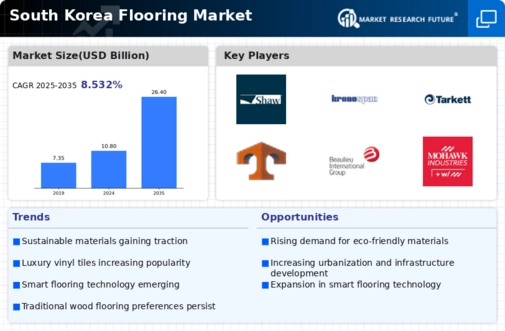
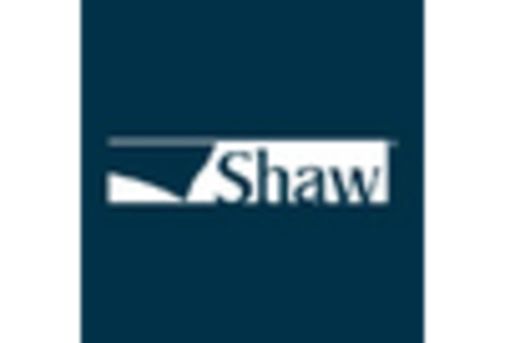
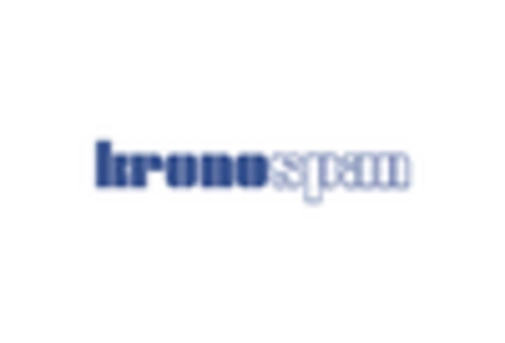
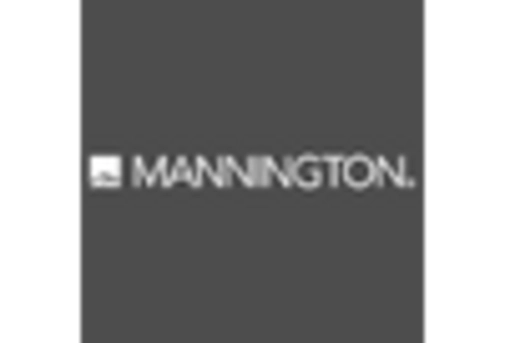

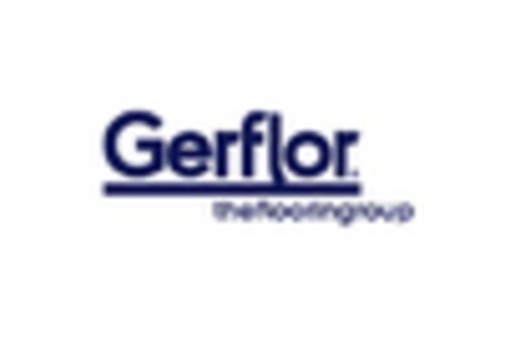
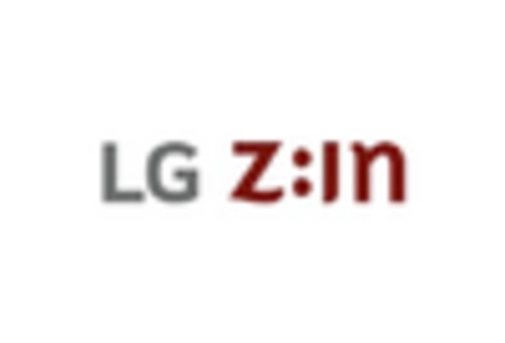
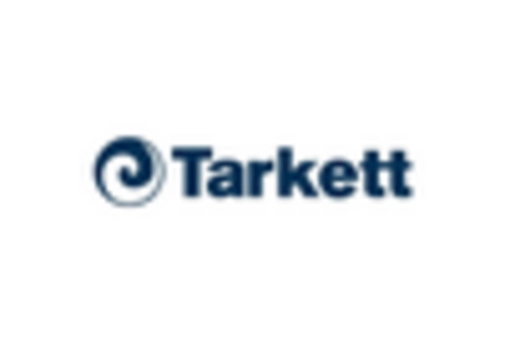














Leave a Comment